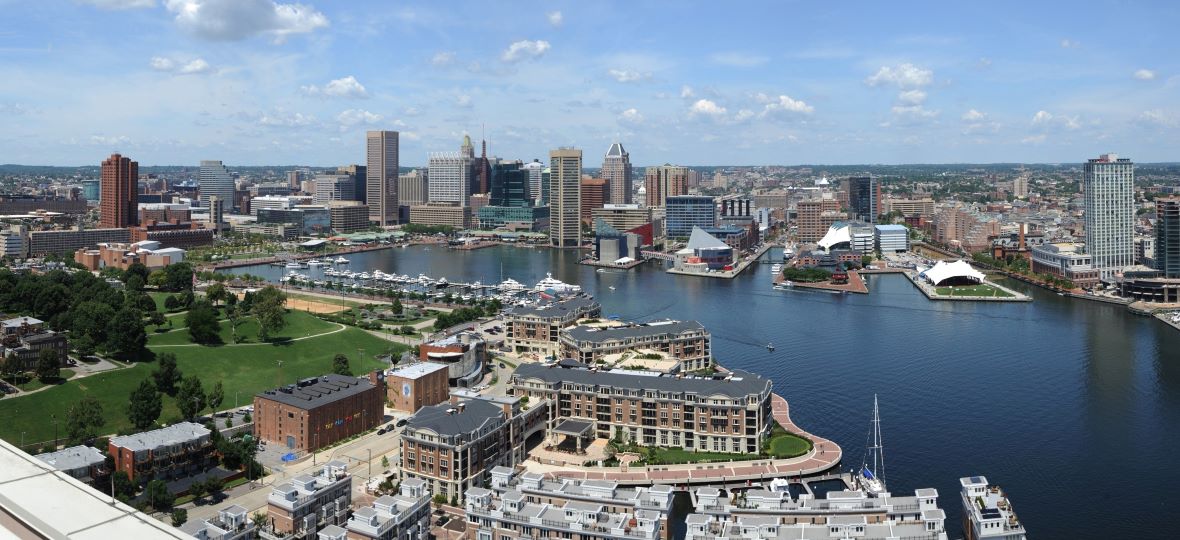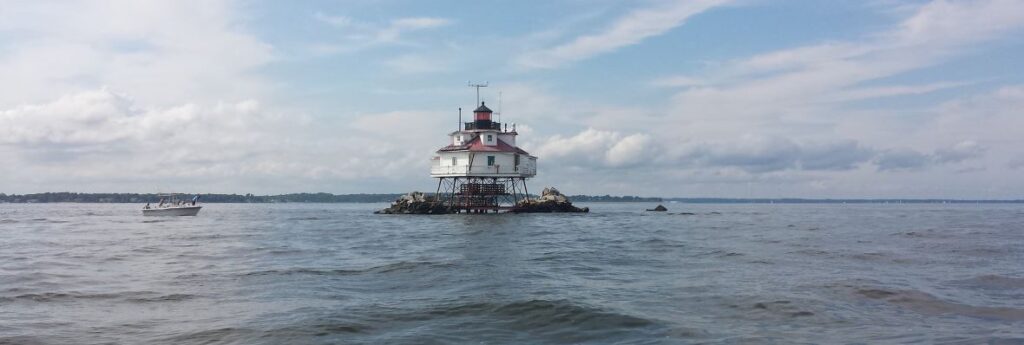Travel to the US may be on pause because of the pandemic, but that doesn’t mean tourism types in the US aren’t eagerly gazing north of the border and planning for the day when Canadians can return. Count travel marketers in Maryland among them, a state that believes it has everything a Canadian could want in a vacation and where there is more than meets the eye.
At present, Maryland Office of Tourism spokesperson Matthew Scales admits, “We’re marketing Maryland as that future evergreen, inspirational, aspirational travel, so when you can come here these are great things that Maryland has to offer…”
In addition to a short flight from Canada, Scales observes that the state is a great “road trip destination” (about an eight-hour drive from Ontario), but also a midway point to a lot of the places Canadians typically drive to, like Florida and the Carolinas.
However, he’s quick to add, “We want to say, ‘Hey, there’s no need to go any further, you’ll have everything you want right here. Save your money, save your vacation time, save your travel time. There’s quite a lot to do right here in Maryland.”
Central to Maryland’s image, says Scales, is the notion that it’s “America in miniature” – by which, of course, he means only the good things.
“We have the mountains to the west, we have the beautiful sandy beaches to the east, we have Chesapeake Bay, the largest estuary in the United States right in the centre. So, we have pretty much everything you can have in the country in one state – except for a desert.”
Indeed, the outdoors is an under-the-radar attribute of Maryland, says Scales, and it’s a niche the tourism office is eager to highlight.
“I don’t think when people think of Maryland that they think Maryland is big on outdoors. But we have a lot of outdoors stuff here.”
Indeed, from surfing, to rock climbing, riding rapids, fishing, mountain biking, horseback riding, and golf on countless courses, there is no shortage of activities, including simply taking in the state’s great beauty.
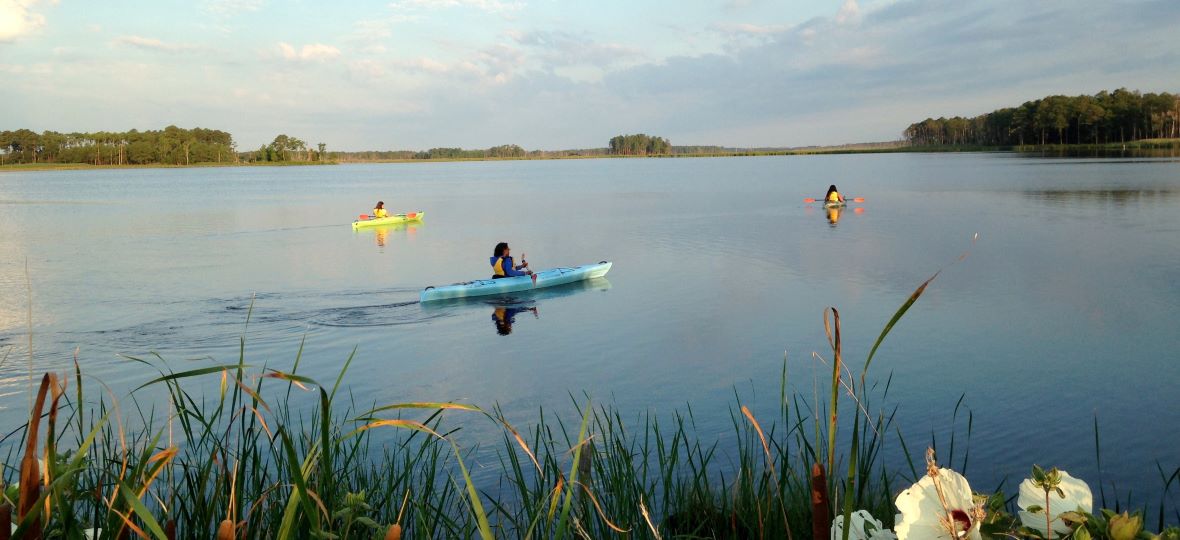
Chesapeake Bay is top of the list, boasting a variety of natural environments including marshes, wetlands, sandy beaches, hundreds of rivers and creeks, as well as open waters. The Bay area is home to an incredible diversity of plants and animals and birders flock there due to the nearly one million waterfowl birds who stop to feed and rest on the Chesapeake during their annual migration along the Atlantic Migratory Bird Flyway.
An extensive system of federal and state parks, along with a large trail system, provides many locations for visitors to get outside and explore.
At the same time, the Bay is an important part of Maryland’s coastal history and heritage and the centre of the state’s seafood industry, which dates back to the 18th century Revolutionary War era, when English settlers harvested Chesapeake Bay species like oysters, shad, and herring.
Today visitors can still visit timeless small towns and local farms, work the lines of a skipjack under sail, stand at the gunnels of a traditional deadrise fishing boat as it slices through early morning chop and hoist in a day’s catch from a traditional fishing boat.
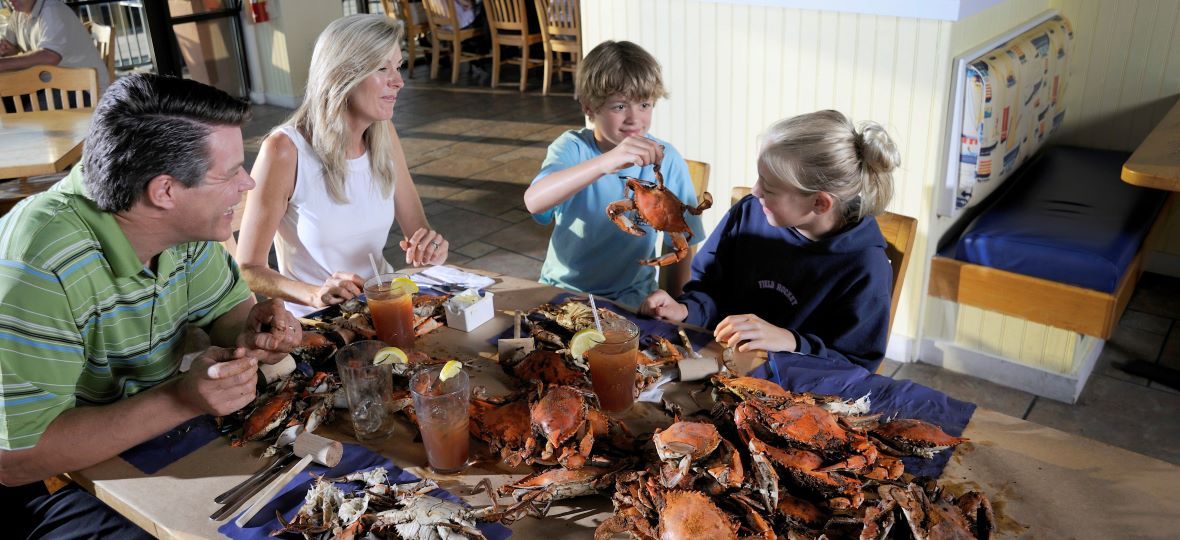
As such, it’s no surprise that the state is also famous for its seafood – and especially crabs. To that end, Visit Maryland’s website and Facebook page, for example, offer a guide to the Crab and Oyster Trail, including suggestions on how and where visitors can “crack, shuck and savour,” the mouth-watering mollusks found along the coast.
But there’s more to Maryland than its maritime and coastal heritage. Scales points out that Maryland is at an intersection of three great trails: The Great Alleghany Passage, the C&O Canal Towpath, and the Great Appalachian Trail (in western Maryland), across which hikers and bikers could make their way all the way from Washington DC to Pittsburgh.
Some other Maryland must-dos:
Scenic Byways – Almost all of Maryland’s experiences can be connected through the state’s 18 scenic routes, which are listed (with videos) on visitmaryland.org. Included are itineraries and information on attractions, restaurants, shops, and accommodation.
History – Revolutionary and civil war locations and trails as well as important African-American routes like the Frederick Douglass Trail and the Underground Railroad.
C&O Canal – In addition to a host of outdoor recreational activities, the popular national heritage park features 10 historic towns and lock-houses along the canal, the latter providing accommodation to visitors. The park will celebrate its 50th anniversary in 2021.
Baltimore – The state’s major city and a mecca for museums and culture, sports, entertainment, the National Aqurium and the amazing inner harbour.
Annapolis – Dubbed the “sailing capital of the US,” Annapolis mixes maritime heritage with a cosmopolitan flair and includes sights like the US Naval Academy and “Ego Alley,” a narrow waterway in the heart of town ideal for yacht-watching.
Washington DC – Next door to Maryland, a visit to the US capital is a natural extension to any visit.
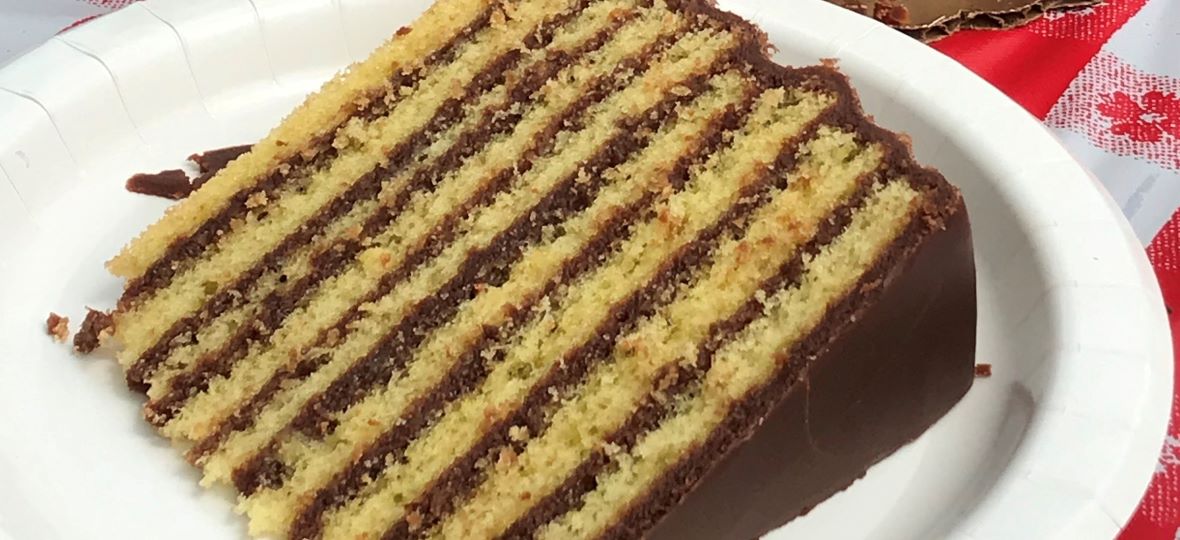
Beyond its obvious tourism talking points, Travel Industry Today put Scales on the spot to suggest five of his own top suggestions for Canadian visitors when visiting the state. They are:
1. Explore the Great Chesapeake Bay Loop: The quintessential touring route follows the 320-km Bay in a figure-eight connecting the area’s unique towns and past many lighthouses (some of which provide accommodation). And get out on the water for some crabbing and oystering.
2. Eat a Smith Island Cake: A slice of Maryland’s official desert – a stacked eight to 15-layer cake that may date as far back as the 1600s – is a must when visiting Smith Island, the state’s only inhabited off-shore island in Chesapeake Bay.
3. Go to Deep Creek Lake: A huge man-made lake in the western part of the state for boating, kayaking, fishing, etc.
4. Golf: From Pete Dye and Jack Nicklaus-designed courses to golf packages in Ocean City, there is “great golf” throughout the state.
5. Have some crabs and oysters: They’re “untouchable!”
As for COVID-19, Maryland took early and aggressive action to contain and recover from the effects of the virus and has fared better than many states during the crisis.
Scales also points out that Maryland is ideally configured for “physical distancing vacations” – from the Alleghany Mountains in the west to the sparsely populated little towns on the eastern shore. “There’s not too many people there, so you don’t have to worry about things,” he says.
And to that end, he assures Canadians, “When you’re ready to travel we’re open for you. We’re absolutely ready for Canadians now. If the border was open! And in Maryland we’re doing our part (to getting it open), we’re trying to limit those (COVID) numbers and be responsible.”
